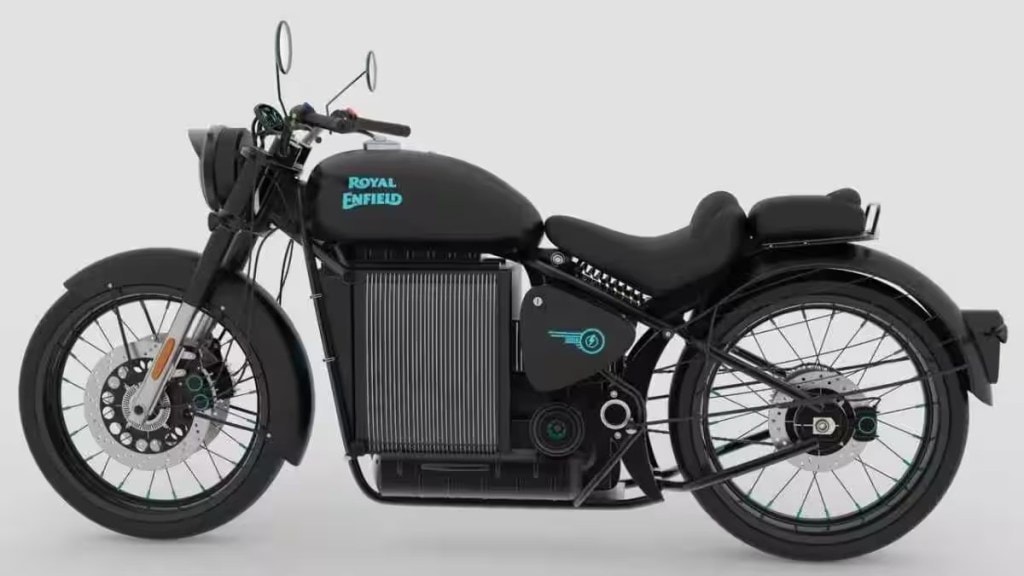Niche bike maker, Royal Enfield, plans to extend its premium positioning to the electric segment too as it gets ready to launch its maiden electric motorcycle in 2025.
However, unlike its present lineup targeting a limited addressable market, the company will not restrict itself to a few segments but will have a wider offering of EVs.
“EV (electric vehicle segment) is an open book for us. We can do anything we want. I mean we can do anything we want in ICE (internal combustion engine) also, but we’ve chosen not to,” Siddhartha Lal, managing director and chief executive officer, Eicher Motors said in a post earnings call.
Royal Enfield has a 90% market share in the 350cc plus motorcycle segment in the India market. The brand is steadily moving up the value chain by introducing products that are more expensive than its traditional lineup, thereby establishing itself as a premium marque.
Instead of going after all the segments such as sports bike, sport touring, dual sport, supermoto, dirtbike, scooter and moped, Royal Enfield has restricted itself to cruisers, touring and retro bikes.
“We always aspire to be in a premium position with products which have a lot more meaning than just commuting. So, people who want the cheapest motorcycle in a segment, there will be other chaps to go for. We will always be in a premium segment situation and that goes for electric as well,” Lal added.
At the recently held two-wheeler motor show EICMA in Italy, Royal Enfield unveiled a special project called the Electric Himalayan Testbed. While the product is a concept right now, Royal Enfield executives stated that the unveil provides a glimpse of what an electric adventure tourer from it could look like.
Among other aspects like product performance, durability and charging options, Royal Enfield is working on the cost aspect which is crucial for generating demand. Electric vehicles across categories – passenger vehicles, mini trucks, three-wheelers, large buses and scooters – cost nearly or more than double the price of the ICE options.
“Even if we were to make an excellent bike like that (Electric Himalayan Testbed), it will cost maybe 3x of what current Himalayan costs, and it’s probably not going to be that much better. So why would people buy it? So, the economics don’t work yet. But very much, this is to give a glimpse and a flavor of what we’re working on,” Lal added.
Legacy two-wheeler brands such as Royal Enfield have been slower to embrace the switch to electric. Bajaj Auto, TVS Motor Company and Hero MotoCorp debuted in the electric two-wheeler segment only in the last two years even as heavyweight Honda is yet to foray into this segment.
But none of these brands have an electric motorcycle under their belt even though 70% of India’s two-wheeler market is controlled by the motorcycle body type.


















